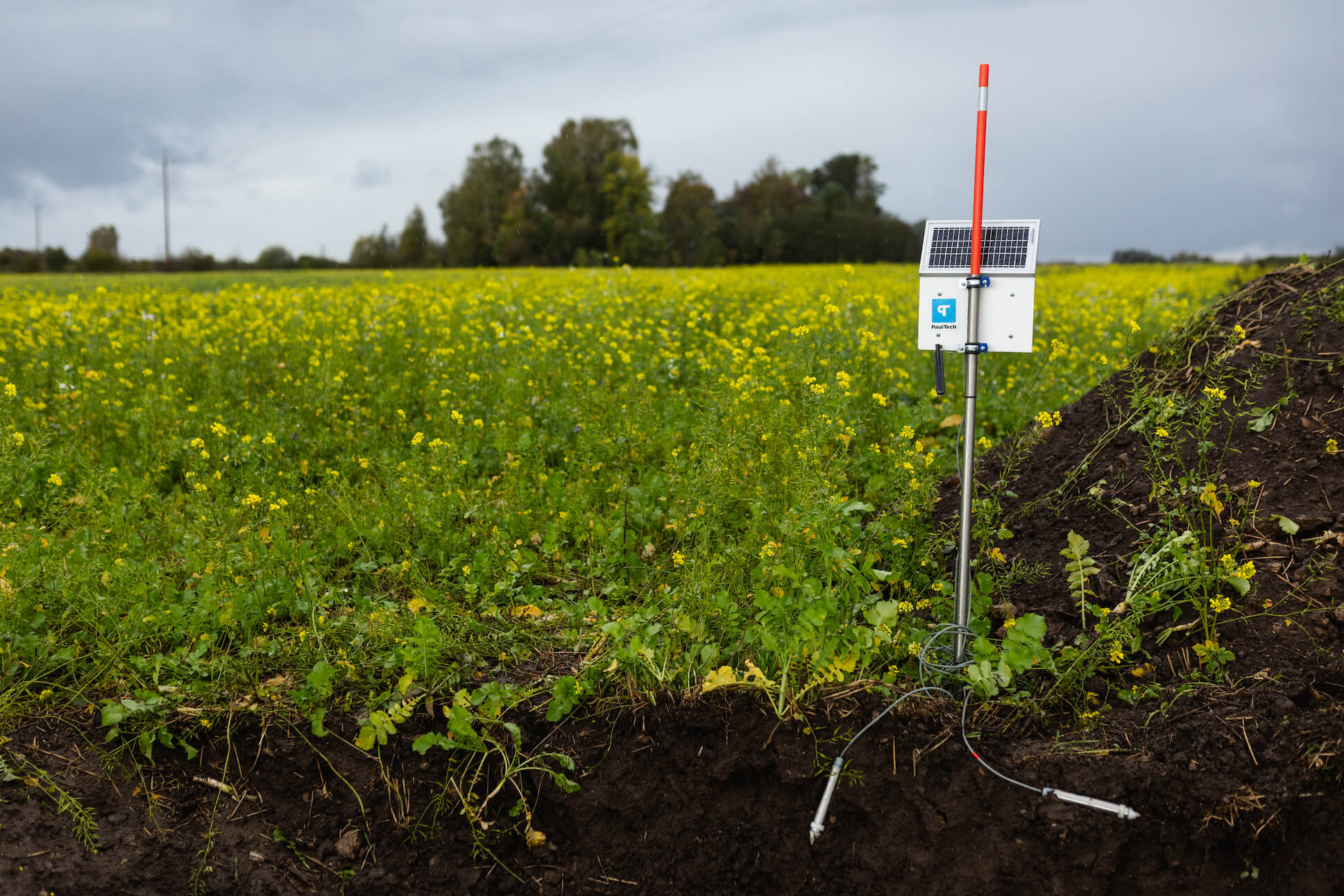
While traditionally nomadic lifestyles are still held in regions like Mongolia and Maasai, our dominant shift towards agriculture has been in a constant flux since the Neolithic Era spread across the Middle East, Asia and the Americas.
Early farmers were likely oblivious to their being agronomists, seeing the end results of positive cultivation without the scientific definition behind each reason why. Yet their practices revolved heavily around maintaining soil fertility from planning, to planting, to harvest. A lack of strong soil fertility built civilizations as a result, and became the reason some fell.
The UN’s Food and Agriculture Organization defined soil fertility as the ability of a soil to sustain plant growth by providing essential plant nutrients and favourable chemical, physical, and biological characteristics as a habitat for plant growth.
As generations of humans grow in number alongside ever-changing technology, both have had many chances to get things right and get things wrong. Bad farming practices and greed have often driven the latter, resulting in fertile soil shedding on an immeasurable scale.
But today we’re going to discover how soil fertility and Paul-Tech can save you money while healing our earth one field at a time.
5 key factors currently affecting your soil fertility
While a cornucopia of components go into soil fertility, a few very controllable bits stick out that every farmer, agronomist and single-pot plant owner can readily define and alter for the better.
Soil nutrition
These are the essential elements required for plant growth. Most notably nitrogen is vital for leafy greens, phosphorus supports root and flower development, and potassium aids in overall plant health and resilience.
Unfortunately, plants can’t simply absorb nutrients like eating a banana. It’s essential to know where they’re getting nutrients and how to maintain those levels year-round.
Soil moisture
The amount of water present in your soil is crucial for plant hydration and nutrient absorption. Proper soil moisture levels ensure optimal conditions for plant growth while inadequate or excess moisture will negatively impact plant health.
Nutrients, spraying and water may not always be benefiting your plants. Dry stress and other factors may prevent their active hydration and nutrient absorption.
Organic matter
Decomposed plant and animal material in the soil enhances soil structure, water retention, and nutrient availability. It serves as a source of nutrients for plants and fosters a diverse microbial community essential for soil health.
Much of organic matter and soil structure relies on our ability to hang a “Do not Disturb” sign up between planting and harvest, allowing soil nutrients and microorganisms to cultivate naturally without disruption.
pH factors
A measure of soil acidity or alkalinity, influencing nutrient availability. Different plants thrive in specific pH ranges, so maintaining an appropriate pH level is critical for maximising nutrient uptake. Over-spraying and constant use of ammonium-based fertilisers may severely impact soil pH levels in a negative way through soil acidification, emphasising the importance of monitoring and adjusting pH levels as needed.
Microorganisms
Living organisms in the soil, including bacteria, fungi, and other microbes, play a vital role in nutrient cycling, organic matter decomposition, and the creation of a healthy soil ecosystem that supports plant growth.
The ability for microorganisms to survive is reliant on, well… Everything. Tilling your soil will disrupt their ecosystems, acidity levels can kill them, a lack of nutrients or arid soil as well. Undisturbed and in a healthy place, microorganisms can naturally do for you what they’ve done for a billion years: help.
The positive effects of technology on soil fertility
Manual soil and water testing has existed for generations, alongside ever-updating machinery and hardware built for the increasing scale of modern farming. Though technology isn’t always holistically paired up with practices that ensure fertility, much of what we use today can be rethought and reapplied to benefit soil health without much effort (in many cases “less effort” brings positive results).
Whether it’s a 77 hectare farm, or a solitary succulent sitting atop your kitchen table, our organic need to poke and water needles us when we’re without sufficient data – all this to result in an overpoked, overwatered, and ultimately dead piece of flora. Today’s technology eases our minds by providing results-driven data for each decision we make in raising our crops and plants.
Using Paul-Tech to understand your soil fertility in real-time
Measuring your soil’s nutrient and moisture levels, understanding your crop’s active hydration cycles and irrigation needs, knowing when to spray and when to avoid it, are the core services of Paul-Tech’s in-field soil stations.
Paul-Tech soil stations are the result of decades of scientific research centred around the belief that healthier and more profitable farms can be achieved through easily-accessible hardware and the data-backed suggestions they provide.
Book a free demo and see how a single, simple-to-install sensor can be the difference between making the right decision the moment it needs to be made, or realising it a month too late. Your farm deserves to thrive, and so do you.


